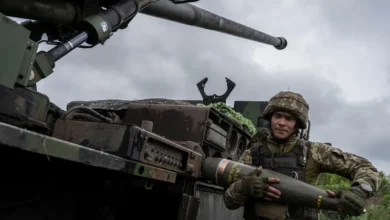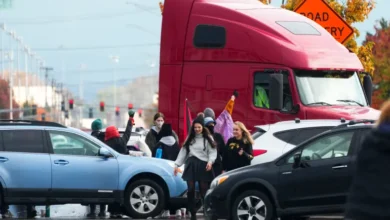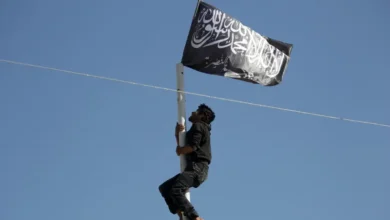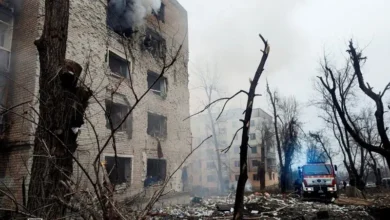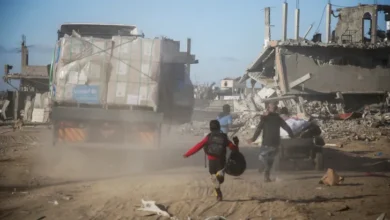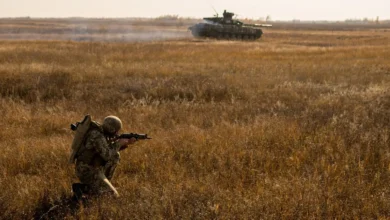Catastrophic Category 5 Hurricane Melissa makes landfall in Jamaica
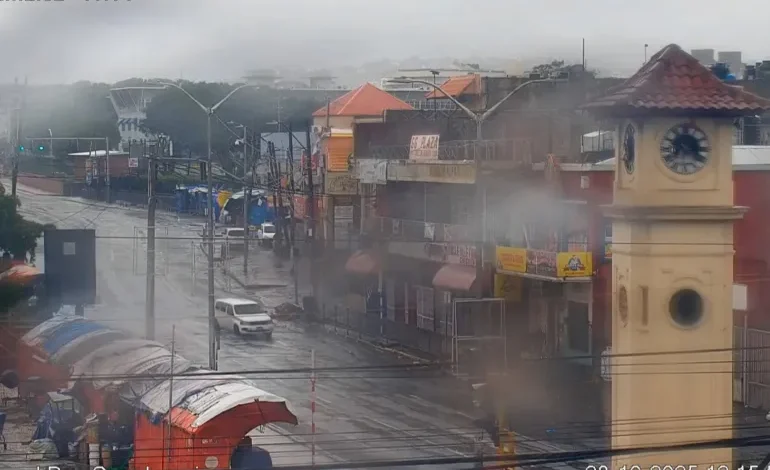
Hurricane Melissa has made landfall in Jamaica, as forecasters predicted the Category 5 storm would likely cause “catastrophic” flash flooding, landslides and widespread damage, directly affecting up to 1.5 million people.
The US National Hurricane Center urged Jamaican residents to remain sheltered in “your safe place” as ferocious winds and torrential rain tore into the western flank of the Caribbean nation island on Tuesday after making landfall in the parishes of St Elizabeth and Westmoreland parishes.
“THIS IS AN EXTREMELY DANGEROUS AND LIFE-THREATENING SITUATION!,” it said in a post on X.
The National Hurricane Center reported recorded maximum sustained winds of 295km/h (185mph). Director Michael Brennan said a nine-to-13-foot storm surge was expected, warning people to remain indoors when the eye of the storm crosses over the island.
“For Jamaica, it will be the storm of the century for sure,” said cyclone specialist Anne-Claire Fontan, of the World Meteorological Organisation, adding that that rainfall was set to exceed 70 centimetres (27.5 inches) – about twice the amount expected in an average rainy season.
Desmond McKenzie, a local government minister, told Al Jazeera that the island nation had done everything possible to protect itself. “We are prepared, but I don’t know if we can be prepared for a Category 5 hurricane,” he said, adding that last year’s Hurricane Beryl had already caused “extensive damage” and killed four people.
The International Federation of Red Cross and Red Crescent Societies (IFRC) is warning that at least 1.5 million people in Jamaica alone may experience the repercussions of Hurricane Melissa.
Robian Williams, a journalist for Kingston-based radio station NationWide Radio 90FM, told Al Jazeera that the wind gusts had “toppled trees and downed power lines”. “Many of us here are out of electricity, first responders are actually out on the road just trying to clear the blockade,” she said.
Some 25,000 tourists are currently on the island. As they ride out the storm, the office of Prime Minister Andrew Holness has said that hoteliers are offering “distress rates” and shelter spaces for those stranded.
Holness said Jamaica had received calls of support from the United Nations, the United States, the European Union, the United Kingdom and France, as well as other Caribbean nations.
Jens Laerke, spokesperson for UN humanitarian agency OCHA, said the top priority was “to save as many lives as possible”. “When you have massive flooding, one of the biggest problems is water,” he said, warning of “all kinds of health risks and epidemic risks if you don’t have clean water.
Jamaica’s South East Regional Health Authority issued a crocodile alert, warning on Instagram that large reptiles displaced by rapidly rising waters in rivers, gullies, and swamps could “move into residential areas.
Next stop: Cuba
The extremely violent hurricane has been barrelling across the Caribbean, with winds of nearly 300km (185 miles) per hour recorded, making it the most powerful tropical storm recorded this year globally, according to an AFP analysis of US weather data.
It is predicted to move east towards Cuba through Wednesday, weakening to a Category 4 storm. Evacuation efforts have begun in anticipation, with reports on social media and state television showing buses transporting people to shelters.
Officials said evacuations were under way for more than 600,000 people from coastal areas, including Santiago, the island’s second-largest city. Authorities in the eastern Cuban province of Holguin will be evacuating more than 200,000 people. A similar number of people are also being moved to safety from the eastern town of Banes.
“This phenomenon is very dangerous,” Deputy Prime Minister Eduardo Martínez said in a statement from Banes, where he was located in what appeared to be a shelter. “It is unprecedented.”

